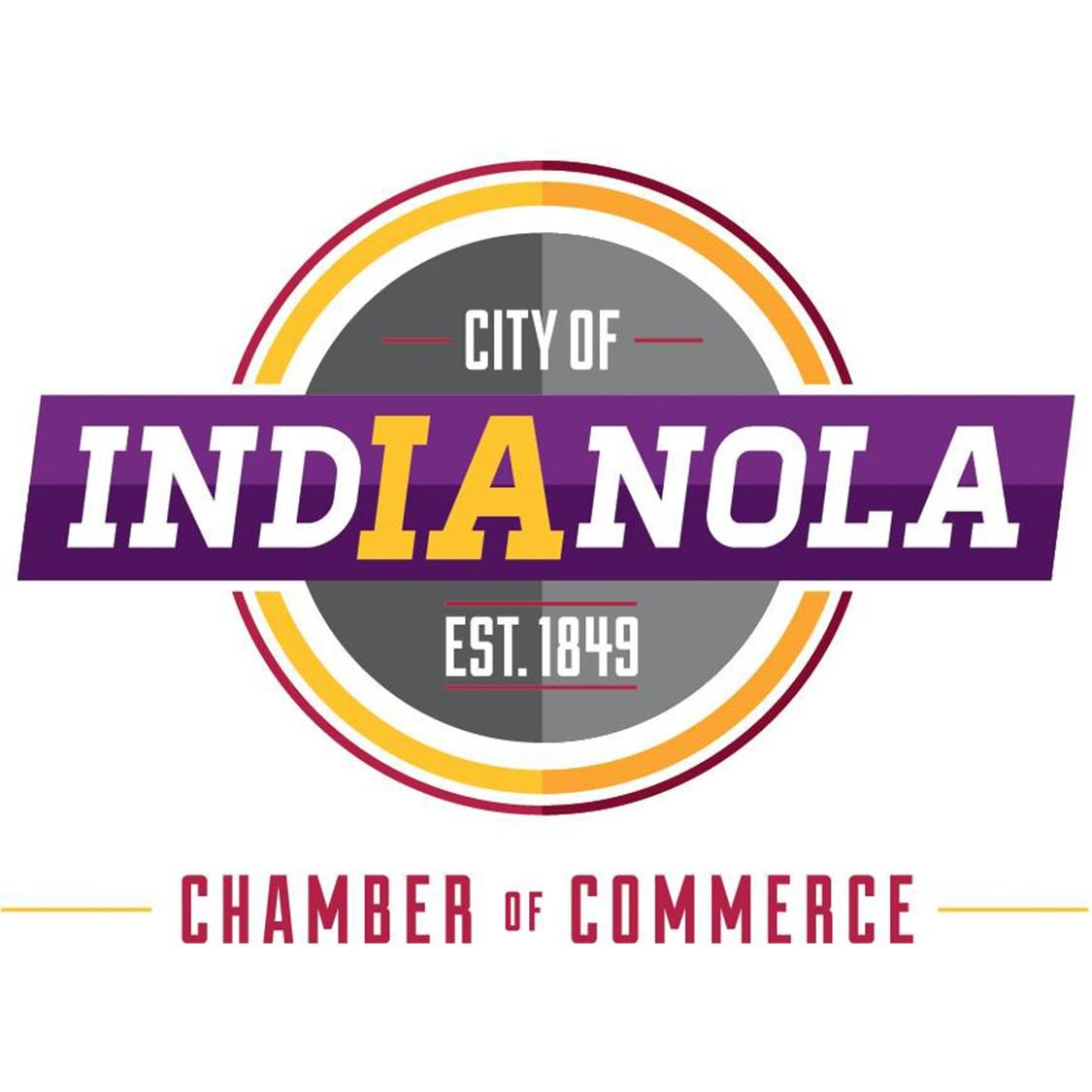Ever had a project that felt like it was unraveling at the seams? Deadlines slipping through your fingers, budgets vanishing like magic, and your team running on fumes?
It’s a tough pill to swallow when a project doesn’t go as planned. But here’s the thing: failure isn’t a dead end—it’s a detour packed with valuable lessons, if you’re willing to look for them. While many are scared of it, failure in a project is inevitable for every project manager, and what we gain from failure is impossible to gain from success. We tend to learn more from our failures than our successes, so the failures are important, even if we don’t enjoy them when we’re going through them. Every misstep holds the potential to make your next project stronger, smarter, and more successful. Ready to turn those setbacks into comebacks? Let’s dive into how you can learn, regroup, and come out on top.
Three Types of Failures
When trying to learn from our failed projects, we first need to understand the different types of failed projects and how they relate to each other. One way to get our heads around failures it to sort them into three different types of failures: preventable failures, unavoidable failures, and intelligent failures.
Preventable Failures: Preventable failures are those moments where you catch yourself thinking, If only I had just... and realize the problem could have been avoided with a little extra care. They happen when we skip the basics or rush through essential steps, assuming everything will magically fall into place. It’s like forgetting to double-check an email attachment, only to send the wrong file, or leaving the house without an umbrella on a day the forecast clearly called for rain, or forgetting to tie your shoes carefully enough before setting out for a run. These slip-ups might seem minor at first, but over time, they can chip away at trust, efficiency, or even your confidence. The good news? Preventable failures are just that—preventable! A bit of preparation, some thoughtful systems, or simply slowing down to think things through can make a big difference. After all, most of these missteps aren’t catastrophic; they’re just reminders to pause and pay attention. Especially if we catch them soon enough.
What to do when you’ve just had a preventable failure? It’s easy to want to beat yourself up, but that’s not useful. Regret and blame are not particularly productive. More productive would be things like updating your processes and procedures to allow for better risk management. For example, if the failure would have been prevented by one more safety check, then adding the safety check to the procedure list is the right next step. Another action that could be useful here is documenting your lessons learned to make sure that the learning is captured this time, regardless of whether it’s been documented before, and that this time, it’s captured using stronger language, clearer accountability, and more helpful tips about when and how to prevent it next time.
Unavoidable Failures: Unavoidable failures are the curveballs life throws at us—the ones no amount of planning could have prevented. These are the situations where you followed all the steps, double-checked everything, and still, something went sideways. Maybe it was a sudden power outage in the middle of a big presentation or a last-minute rule change that derailed your well-laid plans. These moments can feel frustrating, but they’re also part of being human. They remind us that not everything is under our control, no matter how much we try to prepare. The key is to approach these setbacks with flexibility and a bit of grace. They’re opportunities to learn, adapt, and even build resilience. Sure, they might sting in the moment, but unavoidable failures often teach us lessons we couldn’t have learned any other way. And that’s a win in its own way.
What to do when you’ve just had an unavoidable failure? Now this one might be easy to want to get out of. “There’s no way I could have known!” – after all! But one step I like to take here is to really challenge myself and my team by asking “are we sure we couldn’t have known?” I’m not asking us to take blame or to beat ourselves up, but I’m asking us to be diligent about whether we had access to experts, knowledge, information, background, similar experiences, or others who might have been able to point to this potential failure.
- Did we not know because there’s no way we could have known? Okay, as long as we’ve asked again, I’m willing to buy that we really didn’t know.
- Did we not know because we didn’t do our due diligence with risk management? I ask because I find that too often, we’re unwilling to put the time and effort into good risk management, and we could have predicted this if we’d paid close enough attention.
- Did we not know because we intentionally chose to limit our risk management to a certain level of uncertainty. This one is a really good question to get to, because if we collectively chose to limit our risk management, let’s get to why we chose to stop, and will we make that same choice next time.
You see, there’s a point at which worrying about all the possible risks becomes cost-prohibitive and paralyzing. At some point, we have to move forward. In some more risk-averse organizations, that tradeoff comes later than it does in organizations with a higher appetite for risk. When we understand that, we can make a good case for planning our next project on how much contingency budget, time, etc. to leave for the unknown-unkowns. And this, then, becomes a conversion we have about expectation-setting. It’s not so much a failure of the project as it is a failure of expectation-setting. Next project up, then, the conversation is “something we can’t anticipate (or something we choose not to beat the dead horse to anticipate), will happen, and we’ll need to adjust for it, likely to the tune of x%.”
I work with several client organizations who remind me regularly that they’re unwilling to drag themselves through hours of risk response planning for potential risks that may never happen – they’re only going to consider the highest priorities. That’s fine. I’m okay with that. That means, though, that when the “unexpected” happens, which isn’t really unexpected at all, it just was a medium risk we didn’t get to because we only talked about the high risks, we need to acknowledge that it was a conscious decision to not plan that far. And we need to have a contingency budget or a buffer time line that allows us some wiggle room to account for that.
Intelligent Failures: Intelligent failures are the kind that happen when we’re pushing boundaries and stepping outside our comfort zones. These are the failures that come from trying something new, experimenting with a fresh idea, or taking a calculated risk. They might feel discouraging at first, but they’re often the most valuable because they help us grow. It’s when we fail in a way that provides insights, sparks innovation, or teaches us something important about how to do things differently next time. Intelligent failures are about learning from the process rather than just the outcome. They're like trial runs that give us the feedback we need to improve and evolve. While they might not always lead to immediate success, they lay the groundwork for future breakthroughs by showing us what works, what doesn’t, and where we can be even better. In the long run, intelligent failures can be stepping stones to major success, especially when we embrace them as opportunities to learn, pivot, and refine our approach. This is another place where having a contingency budget of a buffer around your time line will be useful: if you’re intentionally pushing things to their limits, then you’re going to need some margin to fix the machines when they break.
What to do when you’ve just had an intelligent failure? Quick disclaimer: these can be especially hard on high achievers. I remember years ago hearing a keynote speaker talk about his recovery journey after a life-changing injury, and he kept using the phrase “fail faster.” He had to keep trying, keep failing, keep trying, keep failing, and keep learning and keep picking himself back up again every time he tried, failed, and learned again. For people who are high achievers, who like to win, who are used to being right, and used to succeeding, setbacks – especially the big ones – can really push them off their game. But resilience, the ability to bounce back after a failure, to come back from a missed point, is what makes the difference between someone who is good and someone who makes it to greatness.
Whichever of the failures you encounter, it will be important to process those internally as well as be aware of your “wake” as a project leader. As a leader, as an influencer, how you model to others your ability to bounce back after a setback is something that others will be watching. They will see how you talk about yourself, your project, your team; they will see how you accept accountability for your actions and your inactions. They will see how you account for what you did or did not do and for the boundaries you were stretching. They will see how you take the learnings and learn from them, apply them, adjust and keep moving forward. Model carefully!

.png?width=1200&height=628&name=Blog%20Featured%20Image%20(21).png)






